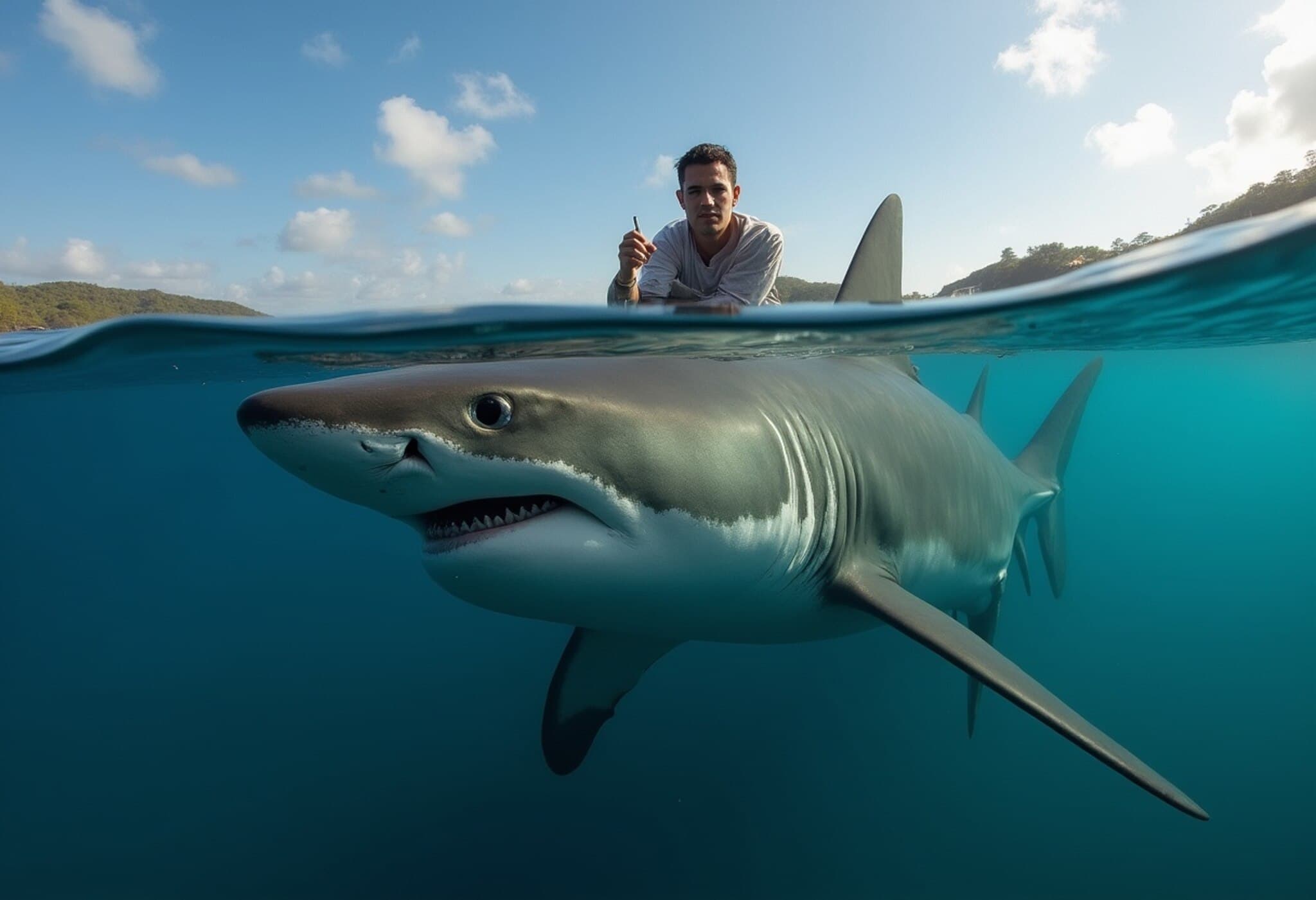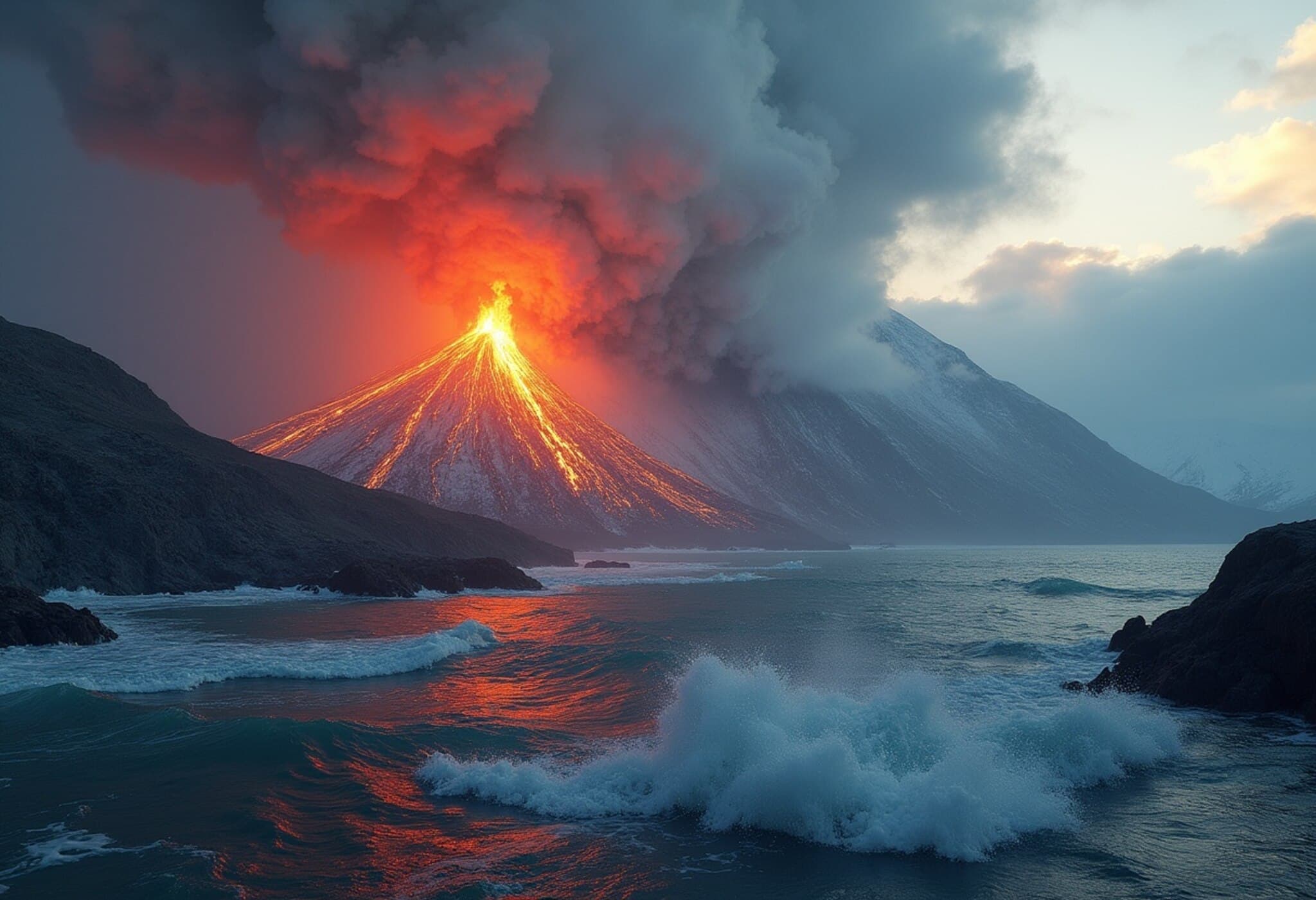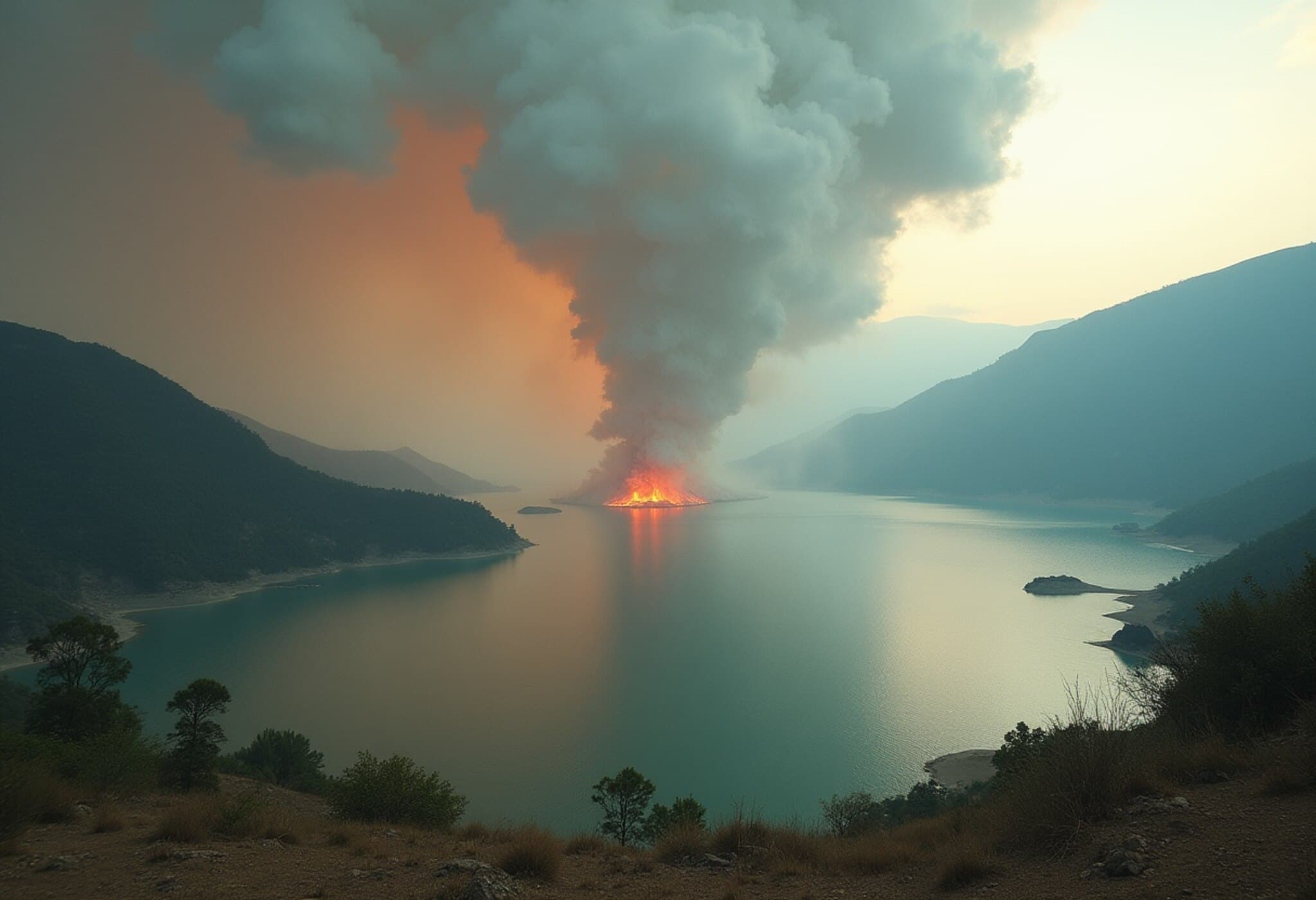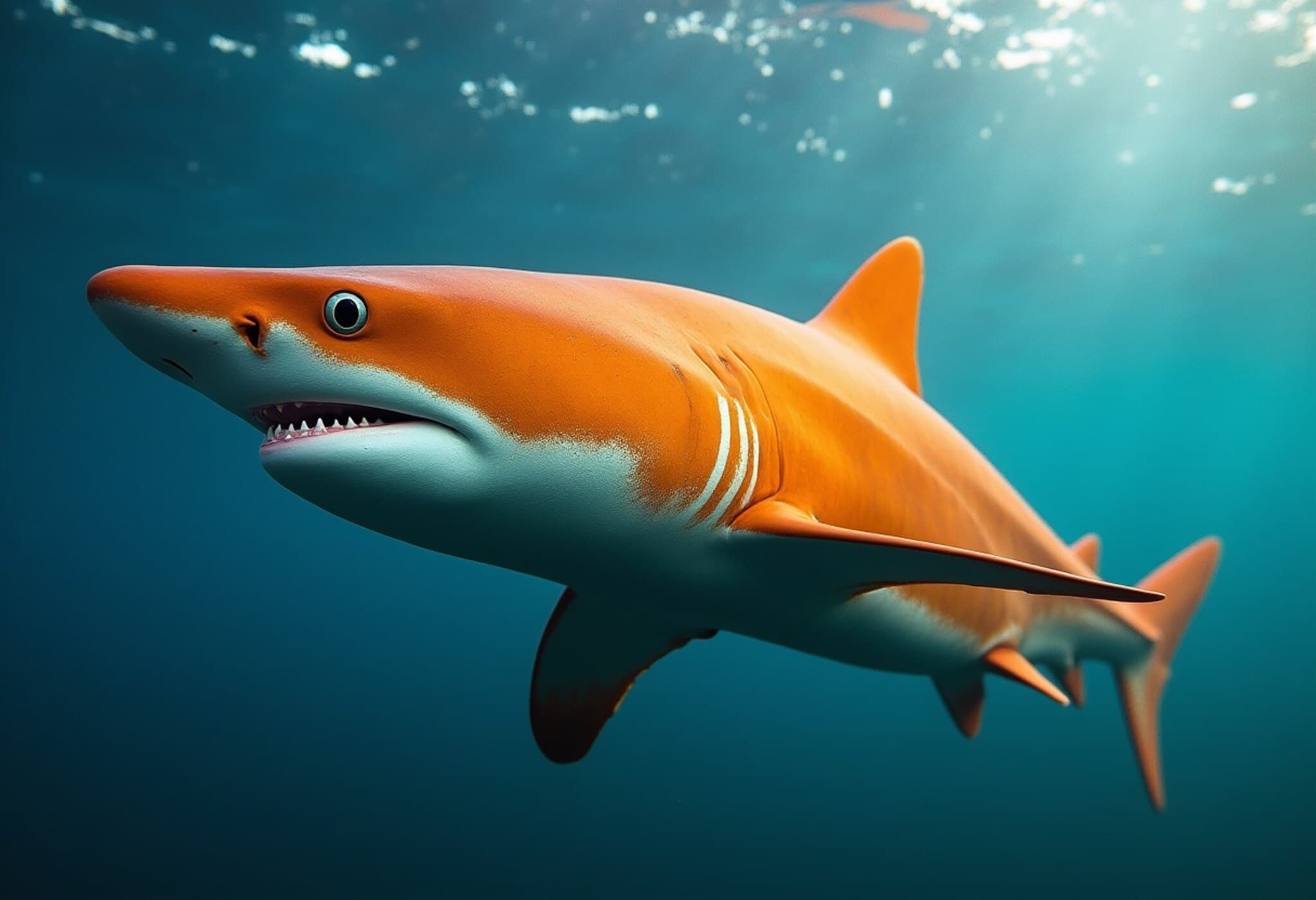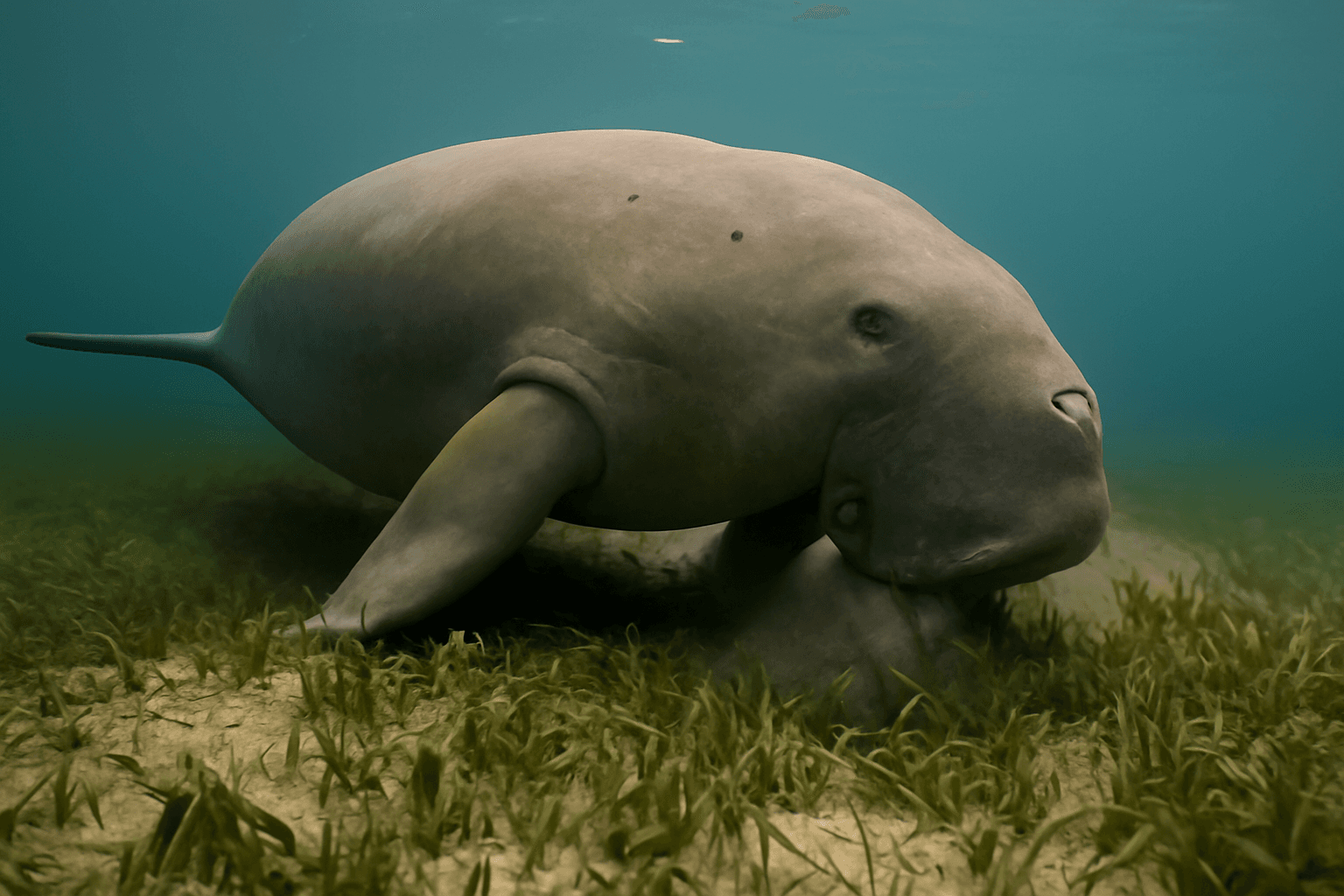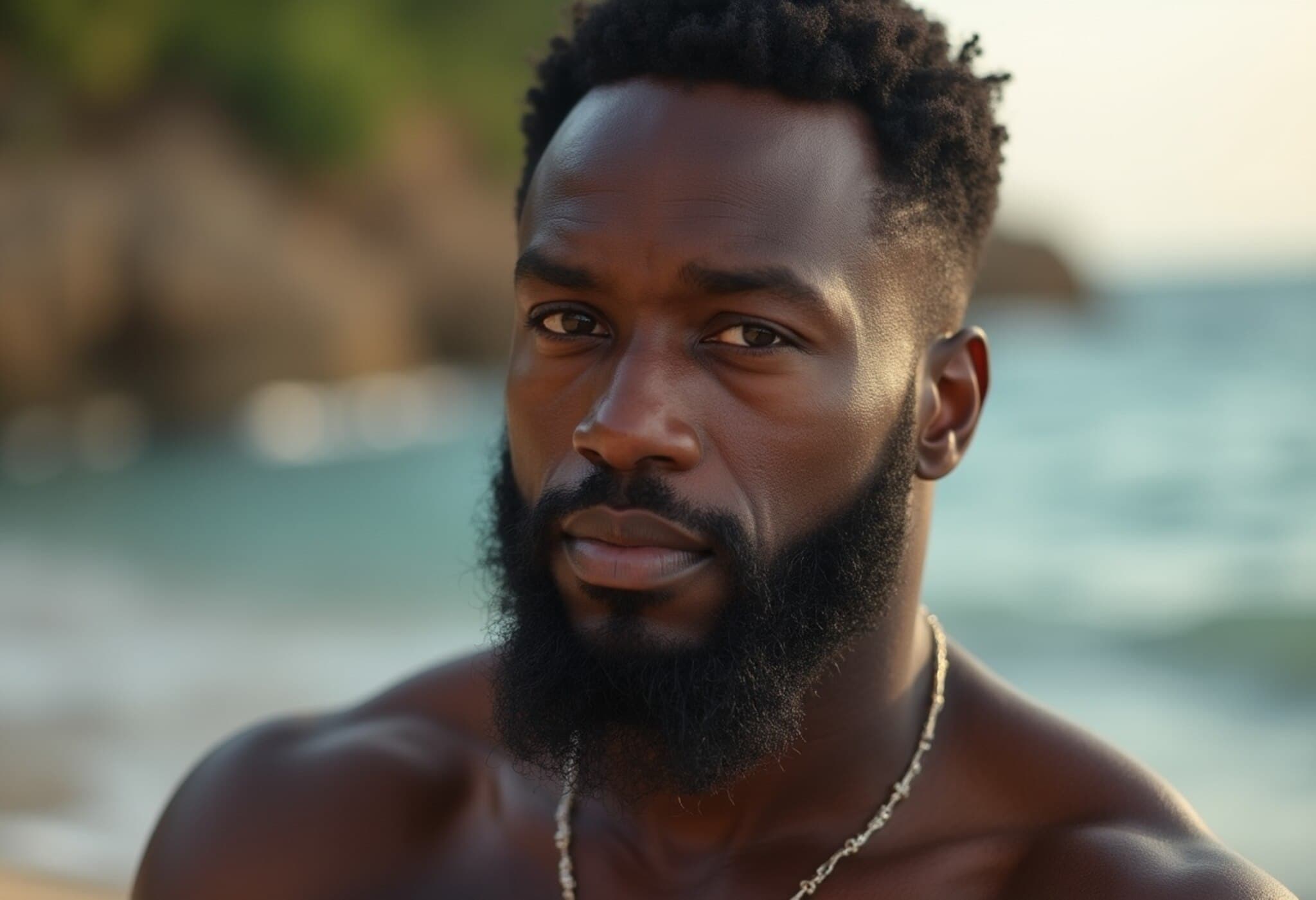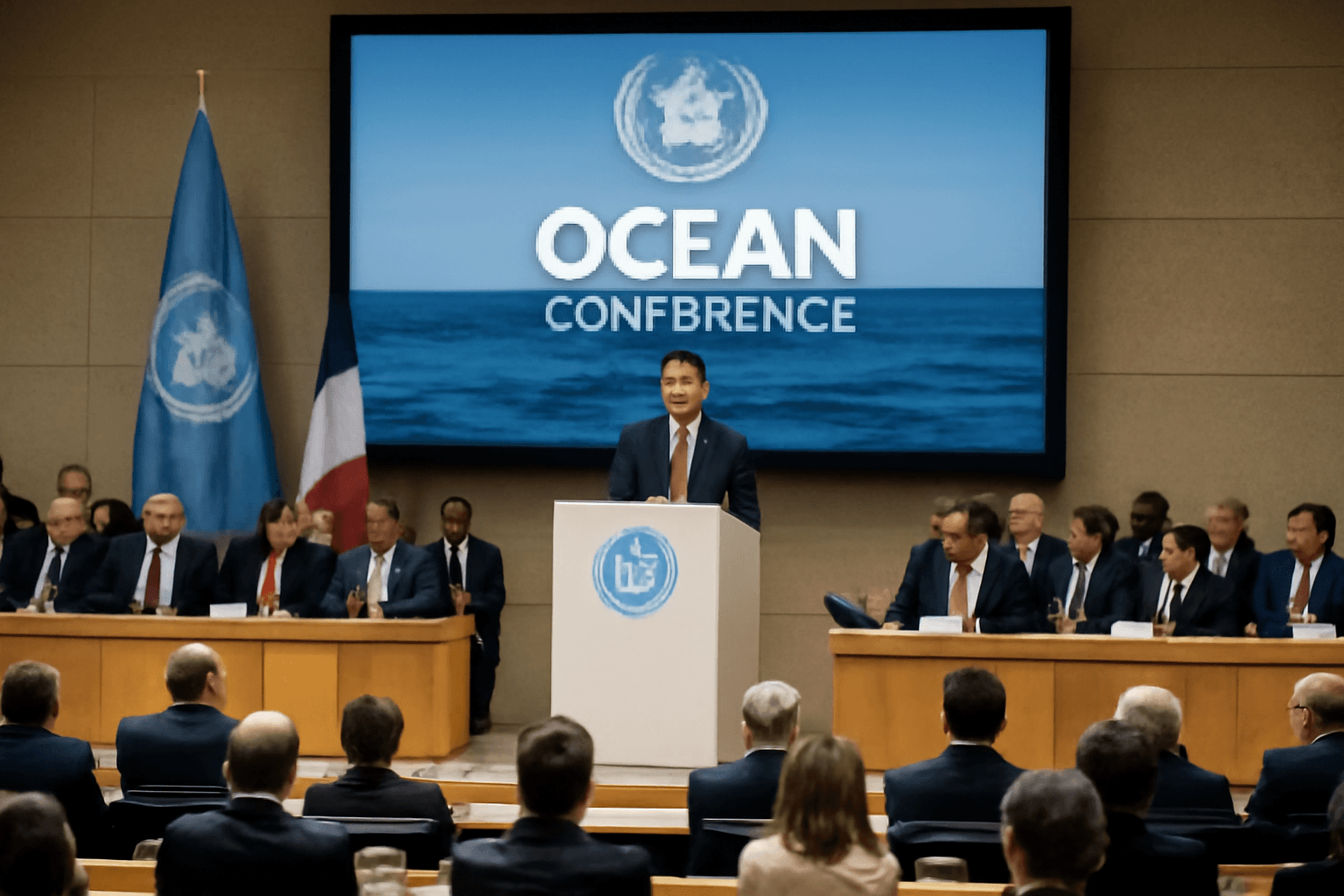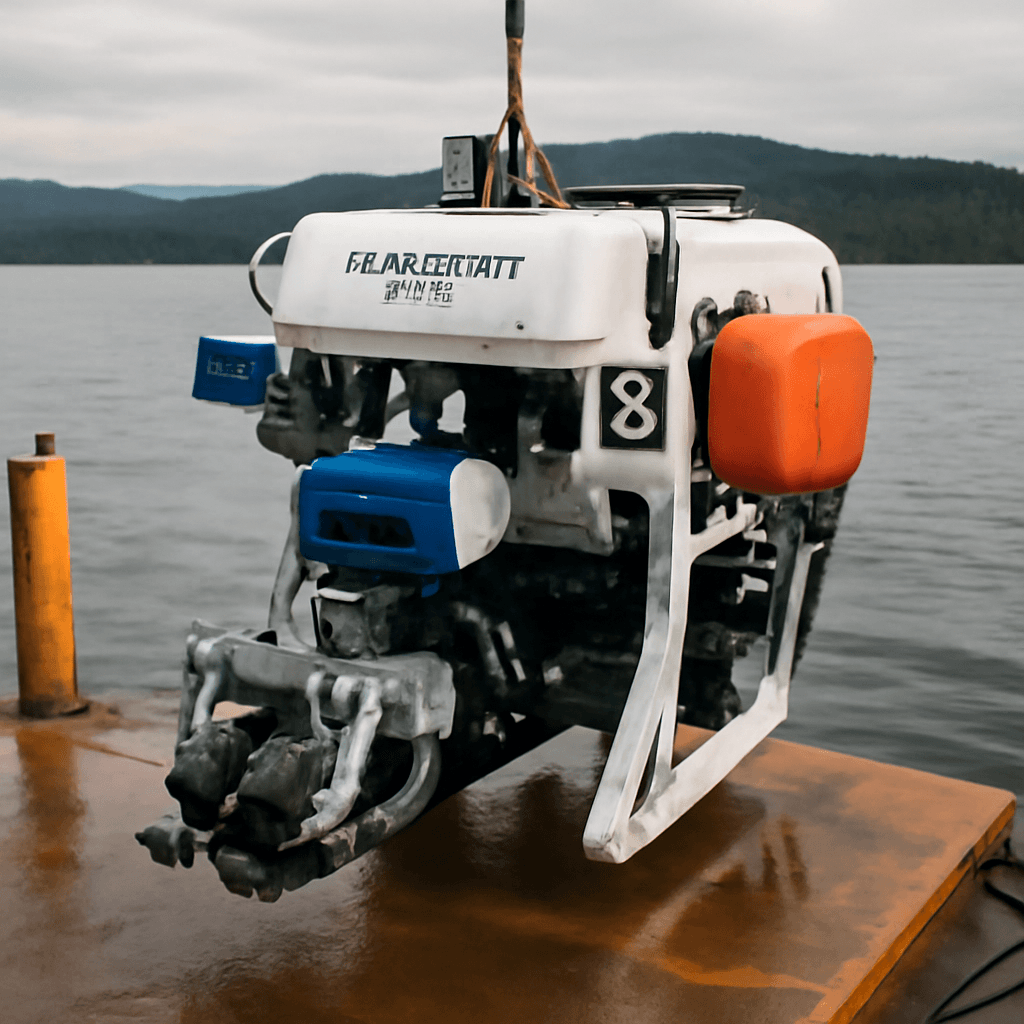Marine Scientist Mauricio Hoyos Survives Life-Threatening Shark Encounter
Dr. Mauricio Hoyos, a seasoned Mexican marine biologist, recently faced one of the ocean’s most harrowing experiences. While conducting routine shark tagging research near Costa Rica’s famed Cocos Island, a nine-foot Galápagos shark attacked him, biting down on his head in an incident that could have ended in tragedy.
From Research to Rescue: The Moment of the Attack
On a clear Saturday morning, Dr. Hoyos set out to tag migratory sharks at a depth of 123 feet. Armed with his pole spear and a tagging device, he successfully attached a tracking tag to the base of a large Galápagos shark’s dorsal fin. Moments later, what seemed like a routine procedure escalated dramatically.
“She turned sideways quickly and lunged at me,” Dr. Hoyos recounted from his hospital bed in Costa Rica. “I felt my entire head slip inside her jaws. It all happened in less than a second.” Despite the shock and pain, he heard a cracking sensation — pressure from the shark’s bite—but no bones were broken. Miraculously, as the shark sensed the hardness of his skull, it released him and swam away.
Blood and seawater flooded Dr. Hoyos’s mask, which had been dislodged during the attack, while sharp teeth severed his air hoses, complicating his ability to breathe underwater.
Expert Analysis: Understanding Shark Behavior and Human Risk
Galápagos sharks are generally curious and not known for unprovoked attacks, but like many apex predators, they can react defensively if provoked or startled. Dr. Elena Ramirez, a marine ecologist specializing in shark behavior, explains, “In tagging operations, the close proximity and sudden movements may trigger defensive responses. It’s a stark reminder of the delicate balance researchers maintain between studying and respecting wildlife.”
The Bigger Picture: Shark Conservation and Human Safety in Conflict
The incident shines a light on the complex relationship between humans and sharks. While sharks often suffer from a negative reputation fueled by sensational headlines, they play an essential role in ocean ecosystems and face threats from overfishing and habitat loss. Tagging and tracking efforts like those undertaken by Dr. Hoyos contribute crucial data for shark conservation initiatives worldwide.
However, the dangers faced by researchers also raise questions about safety protocols and risk management during marine fieldwork. Institutions supporting such research are increasingly emphasizing safety training, emergency preparedness, and technological improvements to minimize encounters turning violent.
Local Context: The Strategic Importance of Cocos Island
Cocos Island, a UNESCO World Heritage Site, is a critical habitat for a variety of shark species, including the Galápagos shark. It's often called a 'shark nursery' and is a hotspot for biodiversity. The attack underscores the unpredictability of marine ecosystems even in protected areas, highlighting the urgent need for ongoing conservation efforts amid rising ocean tourism and fishing pressures.
Looking Forward: Recovery and Reflection
Despite the severity of the attack, Dr. Hoyos is expected to make a full recovery and remains committed to his work conserving sharks—the very creatures that nearly cost him his life. His story serves as both a cautionary tale and a testament to human resilience and our deep connection to the natural world.
Key Takeaways:
- Galápagos sharks can become defensive during close human interaction.
- Tagging remains essential for shark conservation but requires stringent safety protocols.
- Protected areas like Cocos Island are vital for biodiversity but not without risks for researchers.
- Human encounters with sharks, while rare, highlight critical tensions between conservation and human safety.
Editor’s Note
This dramatic encounter provides a nuanced glimpse into the risks inherent in marine conservation work. As shark populations remain threatened globally, balancing scientific research with personal safety is paramount. Dr. Hoyos’s experience prompts urgent reflection on how emerging technologies, enhanced protocols, and community awareness can protect both humans and sharks in our increasingly shared ocean spaces.

